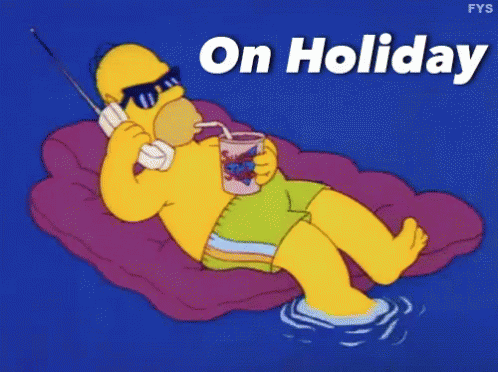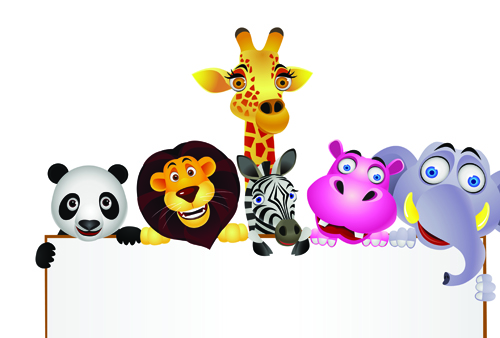Differentiation between /b/ and /v/ sounds
|
Differentiation between /b/ and /v/ sounds
|
|
Field of
Linguistics:
|
Phonetics: Articulatory Phonetics
|
|
Class:
|
1st of ESO
|
|
Class size:
|
16 students
|
|
Age:
|
12-13 years old
|
|
Language Level:
|
A1
|
|
Duration:
|
60 minutes
|
|
Standards
(national, of the school):
|
Teachers assist language
learners to make connections between the sounds they hear and the way they
are represented in writing so as to become independent English
speakers/learners. This lesson helps learners to distinguish between the /v/
and /b/ initial sounds. That is a step towards improving the four language
skills.
|
|
Target Language:
|
English
|
|
Target
Vocabulary
|
B: black, brown, blue, bus, banana,
bat, bear, bee
V: violet, van, vegetables, vest, volcano, vacuum
|
Prior Knowledge:
Students have been exposed
to the /b/ sound in previous lessons and can identify words beginning with b.
Description of lesson:
In this lesson, learners will learn to first
pronounce the initial /v/ sound and then practice differentiating between the
/b/ and /v/ initial sounds in words.
Skills/outcomes:
Language Skills: Speaking (missing sound), Listening (Tom’s day), and Reading and Writing (tongue
twister).
Domains:
§ Affective: Receiving and
responding to a phenomenon by pronouncing the /v/ initial sound (Objective 1).
§ Cognitive: Usage of
procedural knowledge to compose a tongue twister that includes the /b/ and /v/
initial sounds (objective 3).
§
Psychomotor: Perception or Awareness by distinguishing two
initial sounds (Objective 2).
Specific
Objectives:
At the end of the lesson, students will be able to:
o
Pronounce the /v/ sound through teacher-led instruction using a mirror with
little pronunciational difficulties.
o
Differentiate between the /b/ and /v/ initial sounds by correctly identifying
at least four of them in listening activity.
o
Compose at least a three worded tongue twister incorporating the /b/ and
/v/ initial sounds.
Material:
Ø Word generator (slide 2).
Ø Lesson objectives (slide 3)
Ø Word list ( slide 4)
Ø Missing sounds (slides 5-7)
Ø Listening activity “Tom’s Day” (slide 8 )
Ø Tongue Twister (slide 9)
ü
Mirrors
Lead
in (5minutes):
Word Generator: Teacher
encourages students to work in pairs. Teacher projects a two column chart on
the whiteboard (slide 2). Each pair has 2 minutes to write as many words as
possible starting with B and V. Teacher will provide prompts. At the end of the
two minutes, each pair shares their list of words and teacher writes the words
in the table.
Review
of Content (/b/ sound) (5minutes):
Teacher writes and then
explains the objectives of the lesson (slide, 3). Teacher gives each student a
mirror. Teacher shows the class’ generated list of /b/ words (slide, 4). Teacher
says first the /b/ sound and then each word and allows students to repeat and
look at their mouths in the mirror paying close attention to its shape and that
it is closed when pronouncing the /b/ sound.
Presentation
of Content (10minutes):
Teacher encourages students
to put down the mirrors. Teacher writes the letter ‘v’ on the whiteboard. Teacher
shows students how to position their mouths before they say the sound. Teacher
uses her mouth as an example to show students that their top teeth need to
touch their bottom lip. With their teeth and lips in this position, students
imitate the teacher's /v/ sound.
Teacher writes four simple
words starting with the /v/ sound and allows students to listen and repeat.
Teacher encourages students
to take up their mirrors and look into the mirrors while they make the /v/ and
/b/ sounds. Students listen and produce the /b/ and /v/ sounds. Using the words
on the whiteboard, teacher asks individual students to attempt a pair of words
(one /v/ and one /b/ sound). After a row of students has pronounced a pair of
words, teacher gets the class to practice each /v/ and /b/ letter sound. Teacher
collects mirrors at the end of this activity.
Practice
of Content (18minutes):
Missing Sound (8minutes): Teacher projects an image on the whiteboard (slides 5-7). Beside the
image, teacher writes all but one of the sounds. For example, there is a
picture of a van on the board, teacher writes ‘an’ beside it and the students
have to provide the missing sound. Encourage students to raise their hands in
order to participate. There are 9 images so about 9 students will get to
participate.
Pen and Eraser (10minutes): Teacher divides the class into two groups. Each group
is assigned a name. In the front of the classroom, teacher puts a pen and an
eraser on the table. The pen is the /b/ sound and the eraser, /v/ sound. One
person from each team steps forward. Teacher says a word with either /b/ or /v/
initial sound (Use words in target vocabulary). The first student to raise the
correct object wins a point for his or her group. Game continues until the time
ends or each student got an opportunity to participate.
Final
Activity (15minutes):
Teacher hands each student a
copy of the listening sheet. Each student works independently. The class listens
to Tom describing his day. While listening, the pupils look at the words in the
parentheses and circle the ones Tom mentions. Teacher plays audio thrice
(slide, 8). Teacher asks students to swap papers and students do
peer-correction. Teacher monitors class.
Possible extensions:
Students can use their IPads and go to the links for ‘minimal pair’ and
‘listening pyramid’ activities. They are encouraged to complete the exercise.
Instructions: Listen and choose the word you hear.
Wrap
up (10minutes):
Part 1: Teacher
writes the tongue twister “Betty loves the velvet black vest best” on the
whiteboard (slide, 9). Teacher says the tongue twister and allows the class to
repeat it.
Part 2: Each student has five
minutes to create his or her own tongue twister incorporating the /b/ and /v/
initial sounds. A tongue twister needs at least three words. At the end of the
five minutes, each student shares his or her tongue twister. After each student
has shared, the class checks if they have completed all the objectives
(slide,10) and then exit the classroom.




